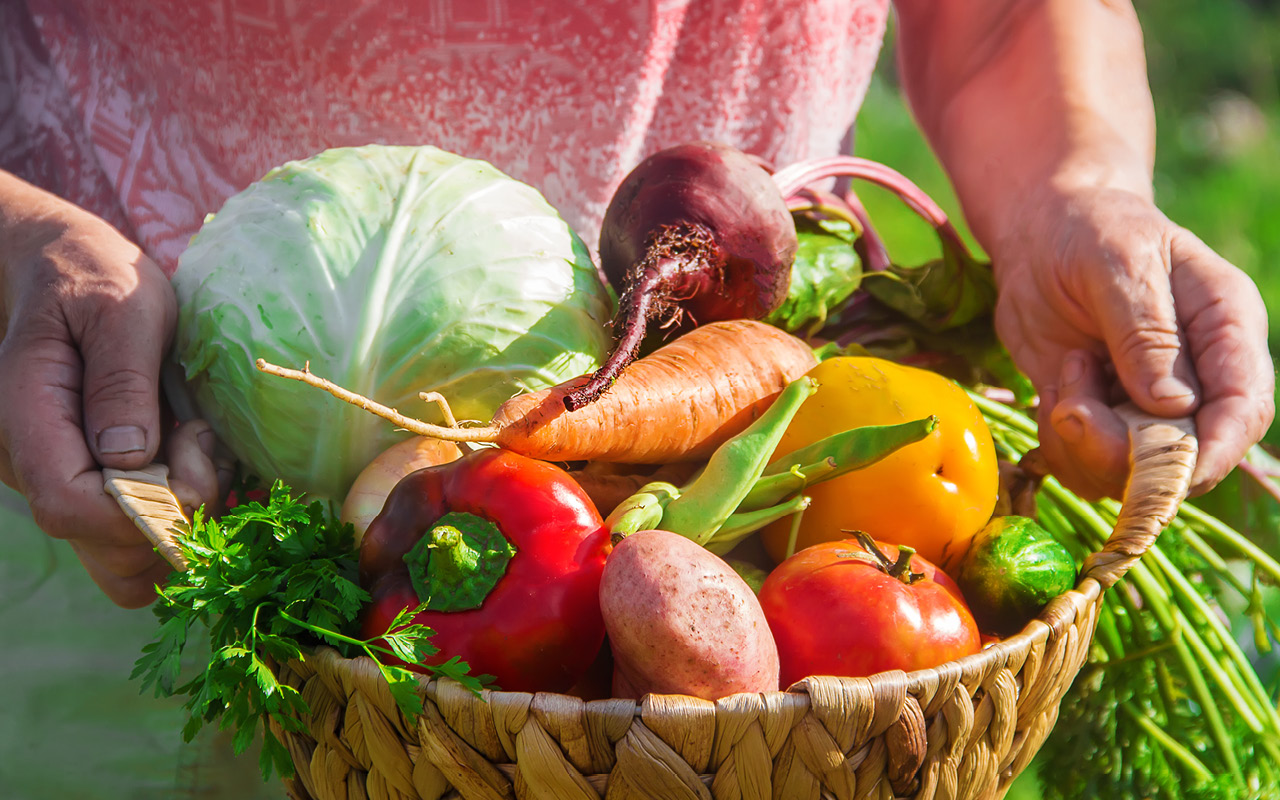Challenge To track online personal food preferences and establish a hierarchy of drivers for purchasing produce, including affordability, access, and source. The goal was to provide invaluable insights into consumer behaviour for NSW farmers, enabling them to align their production and marketing strategies accordingly. Recent breakthroughs in digital technology, such as the Internet of Things (IoT) and large language modelling, allow great transparency, documentation, and accessibility to use process-based information to gather insights and utilise these technologies to offer digital personalisation. Given that this information can then be communicated to stakeholders and consumers, it is of interest to study what value is created by this offer inside an agricultural food context and how this compares to other offerings of information that consumers access, such as taste and generic region of origin information. Current databases of information are large and aggregated; however, to date, they have not been regressed with AI against other databases (such as demonstrating lifestyle) to generate deeper and more granular results. This allows for the personalisation and micro-targeting of resources, as well as insights into why such hierarchies may exist.
Solution The research utilised seasonal products such as cherries and year-round products like blueberries as agricultural examples in experimental surveys. The results of these surveys were combined with large socio-economic datasets, such as HILDA, to create and test consumer preference hierarchies. This solution serves as the initial stage of a multi-staged endeavour that explores how to effectively market and communicate value to consumers by enabling NSW farmers to personalise targeted messages. This ability to micro target with understanding the drivers of such hierarchy preferences makes this research unique from established hierarchy research.
Impact By tracking online food personal preferences and drafting a hierarchy of drivers for purchasing produce (affordability, access, source), NSW farmers can gain invaluable insights into consumer behaviour, allowing them to align their production and marketing strategies accordingly. This approach goes beyond mere guesswork and assumptions, enabling farmers to make data-driven decisions and stay ahead of evolving consumer trends. Furthermore, this allows the application of previously established research to be micro-targeted.






